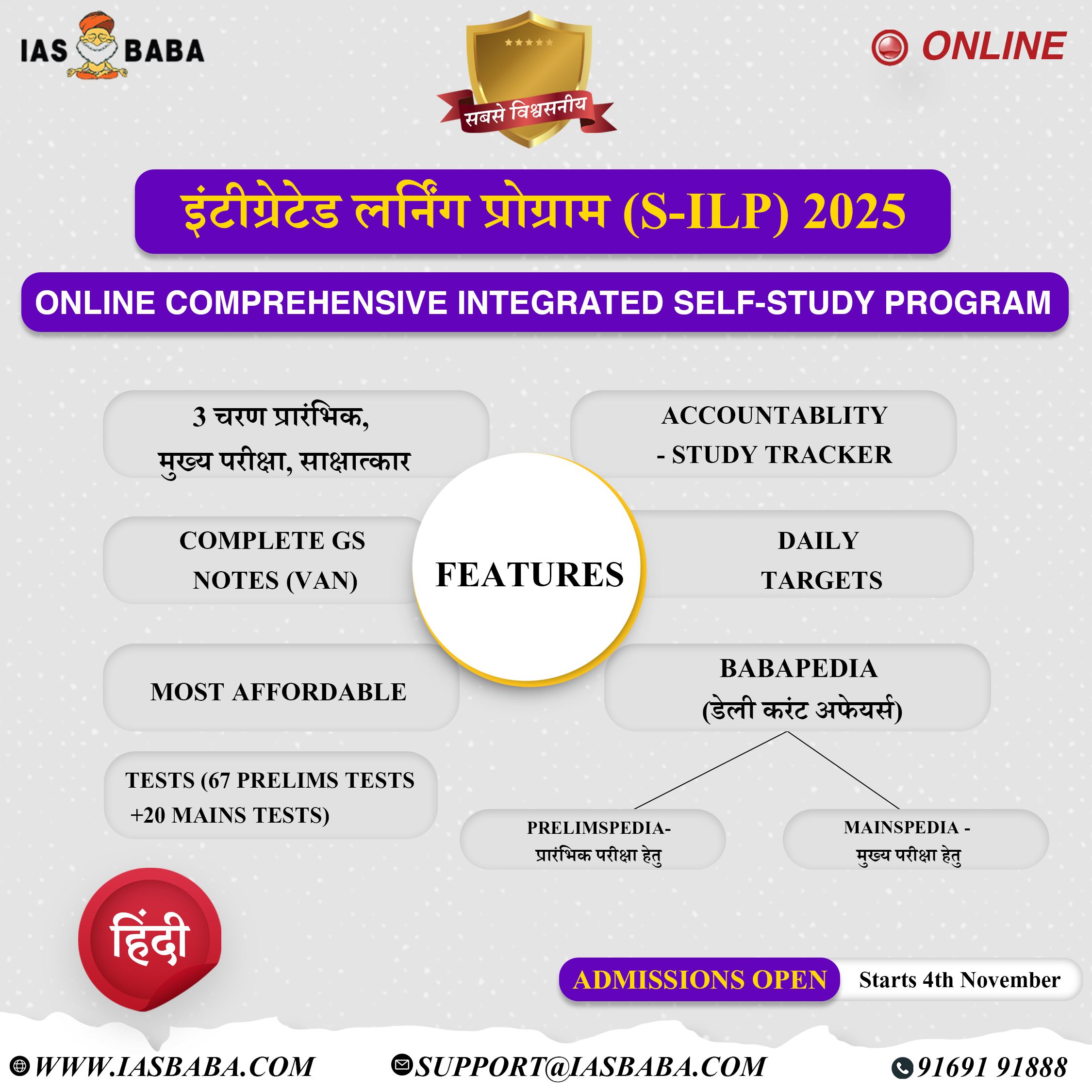UPSC Articles
SCIENCE & TECH/ GOVERNANCE
- GS-3: Science and Technology- developments and their applications and effects in everyday life.
Non Fungible Token (NFTs)
Context: Non fungible tokens (NFTs) have, thanks to their ability to assign value to everything from art to music to a simple selfie, taken the world by storm.
- The sales of NFTs surged $25 billion in 2021 as the crypto asset exploded in popularity, fuelled by the rising interest of celebrities and tech evangelists.
- Where Bitcoin was hailed as the digital answer to currency, NFTs are now being touted as the digital answer to collectables, but plenty of sceptics fear they’re a bubble waiting to burst.
What is a non-fungible token?
- In economics, a fungible asset is something with units that can be readily interchanged – like money.
- With money, one can swap a £10 note for two £5 notes and it will have the same value.
- However, if something is non-fungible, this is impossible – it means it has unique properties so it can’t be interchanged with something else.
- It could be a house, or a painting such as the Mona Lisa, which is one of a kind. One can take a photo of the painting or buy a print but there will only ever be one original painting.
What are NFTs?
- NFTs are “one-of-a-kind” assets in the digital world that can be bought and sold like any other piece of property, but which have no tangible form of their own.
- The digital tokens can be thought of as certificates of ownership for virtual or physical assets.
- Anything that can be converted into a digital form can be an NFT.
- Everything from your drawings, photos, videos, GIF, music, in-game items, selfies, and even a tweet can be turned into an NFT, which can then be traded online using cryptocurrency.
- But what makes NFTs unique from other digital forms is that it is backed by Blockchain technology.
- Blockchain is a distributed ledger where all transactions are recorded. It is like your bank passbook, except all your transactions are transparent and can be seen by anyone and cannot be changed or modified once recorded.
How do NFTs work?
- Traditional works of art such as paintings are valuable precisely because they are one of a kind.
- But digital files can be easily and endlessly duplicated. With NFTs, artwork can be “tokenised” to create a digital certificate of ownership that can be bought and sold.
- NFT works on blockchain as it gives users complete ownership of a digital asset.
- As with crypto-currency, a record of who owns what is stored on a shared ledger known as the blockchain.
- The records cannot be forged because the ledger is maintained by thousands of computers around the world.
- For instance, if you’re a sketch artist, and if you convert your digital asset to an NFT, what you get is proof of ownership, powered by Blockchain.
- NFTs can also contain smart contracts that may give the artist, for example, a cut of any future sale of the token.
- It is not just art that is tokenised and sold. Twitter’s founder Jack Dorsey has promoted an NFT of the first-ever tweet, with bids hitting $2.5m.
So why are people willing to spend millions on something they could easily screenshot or download?
- In simple words, when you list your NFT on a marketplace, you pay something called a gas fee (transaction fee) for using the Blockchain, following which your digital art is then recorded on Blockchain, mentioning that you (your address) own the particular NFT. This gives you full ownership—which cannot be edited or modified by anyone, including the marketplace owner.
- An NFT is thus created or “minted”, to get exclusive ownership rights. NFTs can have only one owner at a time.
- Apart from exclusive ownership, NFT owners can also digitally sign their artwork and store specific information in their NFTs metadata. This will be only viewable to the individual who bought the NFT.
How is an NFT different from cryptocurrency?
- NFTs and cryptocurrencies are very different from each other. While both are built on Blockchain, that is where the similarity ends.
- Cryptocurrency is a currency and is fungible, meaning that it is interchangeable.
- But NFTs are non-fungible, which means the value of one NFT is not equal to another. Every art is different from other, making it non fungible, and unique.
Who can buy NFTs?
- Anyone who holds a cryptocurrency wallet can buy an NFT. That is the only prerequisite to purchase an NFT.
- One doesn’t need any KYC documents to purchase an art. All one needs is a cryptocurrency wallet powered by Metamask, and an NFT marketplace where you can buy and sell NFTs.
What are the risks associated with buying NFTs?
- In the recent past, several incidents of NFT scams have been reported including: emergence of fake marketplaces, unverified sellers often impersonating real artists and selling copies of their artworks for half prices.
- Another risk associated with NFTs that cannot be swept under the rug is the unquestionably negative impact on the environment. In order to validate transactions, crypto mining is done, which requires high powered computers that run at a very high capacity, affecting the environment ultimately.
Connecting the dots:











